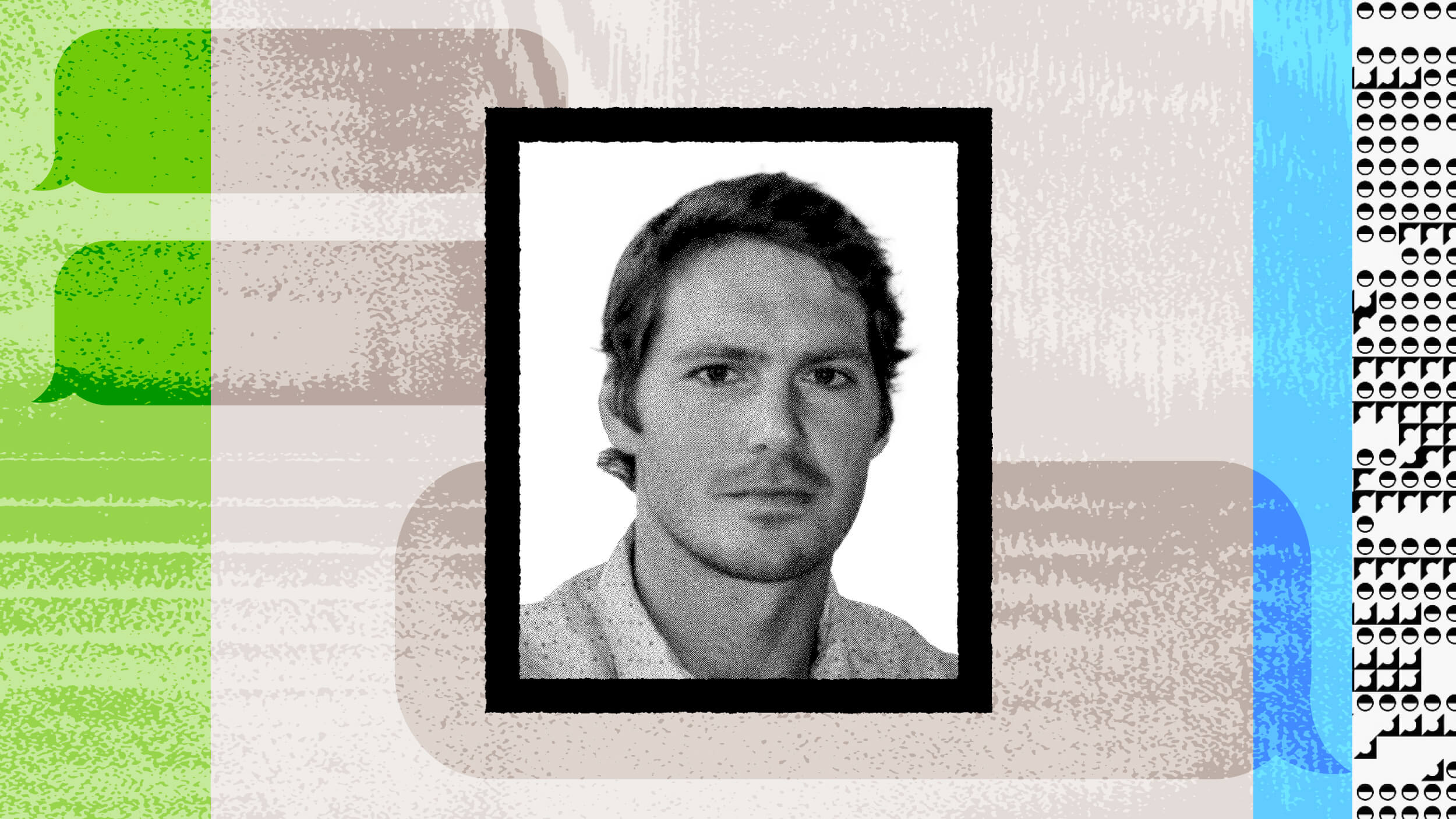Our inability to detect other life in the universe may stem from interstellar communication problems. Then again, it may be because Earth evolution is “like Mr. Bean.”
Question: What do you estimate are the chances that we are the only intelligent life in the universe?
Peter Ward: I bet that’s near zero. How couldn't there be? The numbers are out there. How could there not be lots of them out there? But what is the possibility that there are so few that the distances involved make it so, not only SETI could find anybody else. I mean, SETI, we already know from the SETI work to date that there’s nobody near us. This blasting out the sort of messages that the movie “Contact” is suggesting. I mean, that’s not happening. SETI itself agrees that, gee if we don’t find anybody in the next 30-40 years, there could be a pretty good chance there’s nobody close enough to us that we would ever be able to either talk to them, let alone get out there and see them.
Question: Do you predict that humans will ever make contact with life elsewhere?
Peter Ward: I suspect the chances are that we will not, at least in the next few centuries. Perhaps our technology will get to the point that we could pinpoint, not just the immediate area, which is all that we’re good for now, and spotlight the entire galaxy. Or perhaps we’ll get good enough that we can really start looking at other galaxies. I think then we’ll start picking up evidence that there’s other life out there, but if you’re talking about places hundreds of thousands of light years away, there’s no conversation you’ll want to have waiting 100,000 years to get your response. And then it comes back to you and says, “Message garbled, please repeat.”
Question: Could the “Fermi paradox” simply stem from the difficulty of communication across vast distances?
Peter Ward: Well, it could be an aspect of communication, but it also could be just another indication that Medea is correct. The life gets going on a planet and then kills itself off through colossal blunders. A friend of mine said, I should call it the Medea Hypothesis, but evolution is more like Mr. Bean; Mr. Bean blundering into one situation after another. Let’s hey, let’s make oxygen, that’ll be cool; and then poisoning almost every bit of life around it. Or, hey let’s make photosynthesis; and then reducing carbon dioxide so much that we go into a snowball earth. Or, hey, let’s make forests; and then reducing CO2 even further and producing a gigantic, almost global ice age in the carboniferous. Let’s do this, says Mr. Bean.
Recorded on January 11, 2010
Interviewed by Austin Allen





